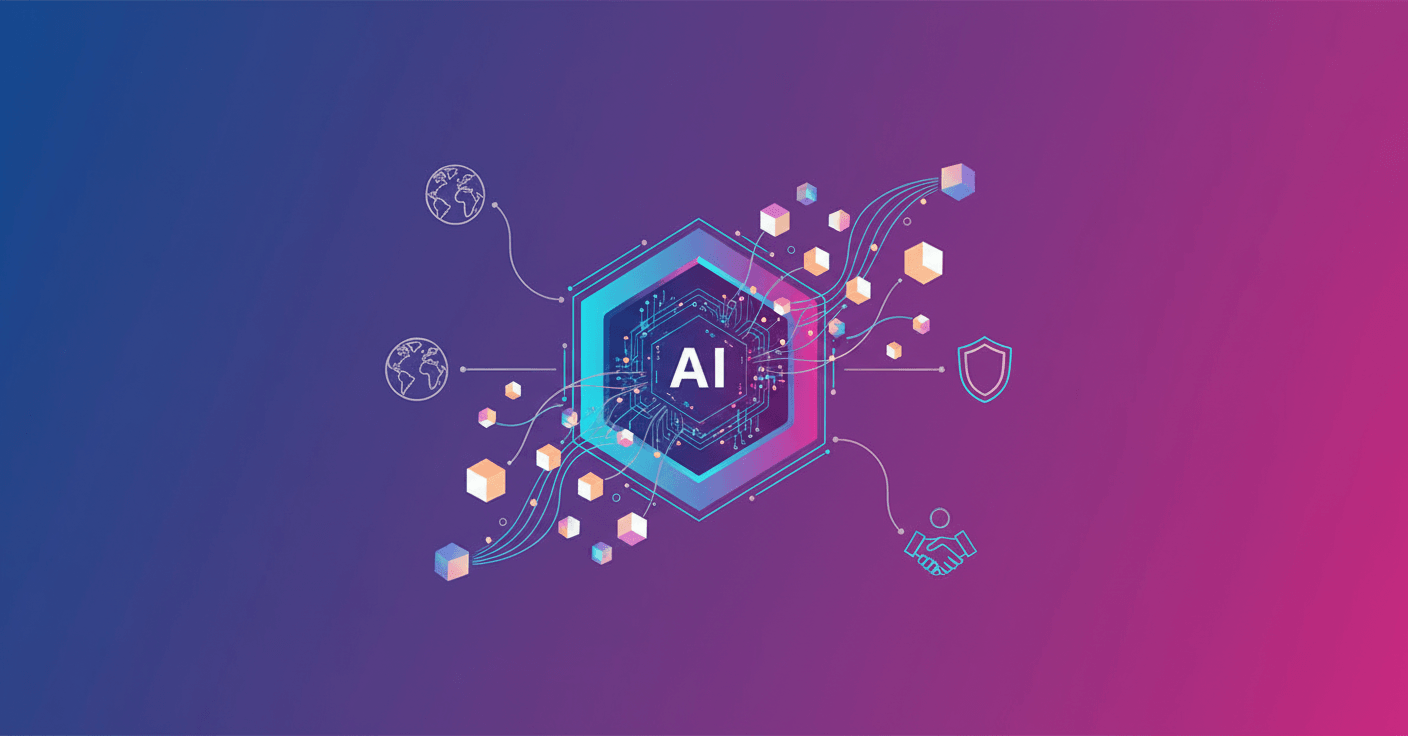AI is not just about power; it's about access. Who can use it, adapt it, and put it to work on real problems? Today OpenAI moves the needle with an announcement that, if understood well, can open doors for governments, NGOs, startups and universities alike.
What did OpenAI announce today
On August 5, 2025, OpenAI released its most capable models in an "open weights" format and integrated them into its OpenAI for Countries program, while also extending support through its own foundation to help community organizations. The goal: make advanced AI more open, flexible and accessible at global scale. (openai.com)
The initiative aims for partners and allies to build AI infrastructure grounded in democratic values and to let them customize these models on their own infrastructure. The focus is to expand economic and innovation opportunities without concentrating technological power in the hands of a few. (openai.com)
Open weights, explained in 60 seconds
"Open weights" means the trained parameters of the model are available for download and can be run locally or in your cloud. It's not exactly full "open source" (it doesn't necessarily include training data or the entire pipeline), but it gives you practical control: deploy, fine-tune and audit how the model behaves in your context.
In practice, it lets you meet internal and regulatory policies, control inference costs, and optimize latency. Think of hospitals that can't transfer data out of the country, banks with strict security requirements, or a university that wants to run a model on its cluster.
Who benefits from this move?
- Governments and institutions with data residency rules: they can use AI without moving sensitive information across borders.
- NGOs and non-profits: access to advanced models with more room to customize them for their use cases.
- SMEs and startups: less dependence on third parties and more ability to adapt AI to very specific niches.
OpenAI emphasizes that open weights help when external cloud isn't viable and strict local control is required. (openai.com)
It's also a geopolitical play
OpenAI argues that the country whose models are widely adopted influences global standards and norms. In its write-up, it describes AI models as a form of "soft power" and says this release aligns with the White House's new AI Action Plan, while noting its March comments to the OSTP about combining open and closed approaches. (openai.com)
Open and closed are not irreconcilable camps: they can coexist to accelerate responsible innovation.
Context: not starting from zero
This isn't the first time OpenAI has released open technology: it did so with Whisper, GPT‑2 and CLIP. The message now is to build the next layer of AI infrastructure with more openness and broader access. (openai.com)
What can you do today?
-
If you're a developer:
- Evaluate whether your data requirements (latency, privacy, compliance) justify deploying your own model.
- Design a controlled pilot: define a use case, success metrics and a risk-evaluation loop.
- Plan MLOps: versioned weights, quality monitoring, and traceability of prompts and outputs.
-
If you work in government or academia:
- Identify processes with sensitive data (health, justice, education) where local control is key.
- Establish governance: review committees, bias audits, and access policies.
- Train teams: from AI literacy to fine-tuning and evaluation.
-
If you lead an NGO or SME:
- Start small: internal assistance (writing, report analysis) before moving to public-facing use.
- Create a "task catalog" where AI saves you minutes per week.
- Measure cost/benefit impact to decide whether to scale locally or return to managed services.
Minimal technical best practices
- Security: network isolation, access controls and dependency scanning.
- Evaluation: test sets representative of your domain (not only generic benchmarks).
- Data: clear documentation of sources, cleaning and anonymization when applicable.
- Ethics: periodic reviews of biases and impacts on vulnerable groups.
What still needs close attention
- Total costs: running large models locally can require GPUs, storage and power. Calculate TCO, not just the download cost.
- Updates: control brings responsibility to patch and reassess versions.
- Misuse risks: broadening access means reinforcing safeguards and traceability.
- Interoperability: define internal standards to avoid fragmenting your stack across clouds and on‑prem.
Conclusion
Useful openness isn't an ideological stance; it's a tool. With open weights, OpenAI pushes for more actors — from a health ministry to a public library — to adapt AI to their realities. If implemented with good governance and clear metrics, we all win: more capability, more control and, above all, more access.
For more details, you can consult OpenAI's original post. (openai.com)
